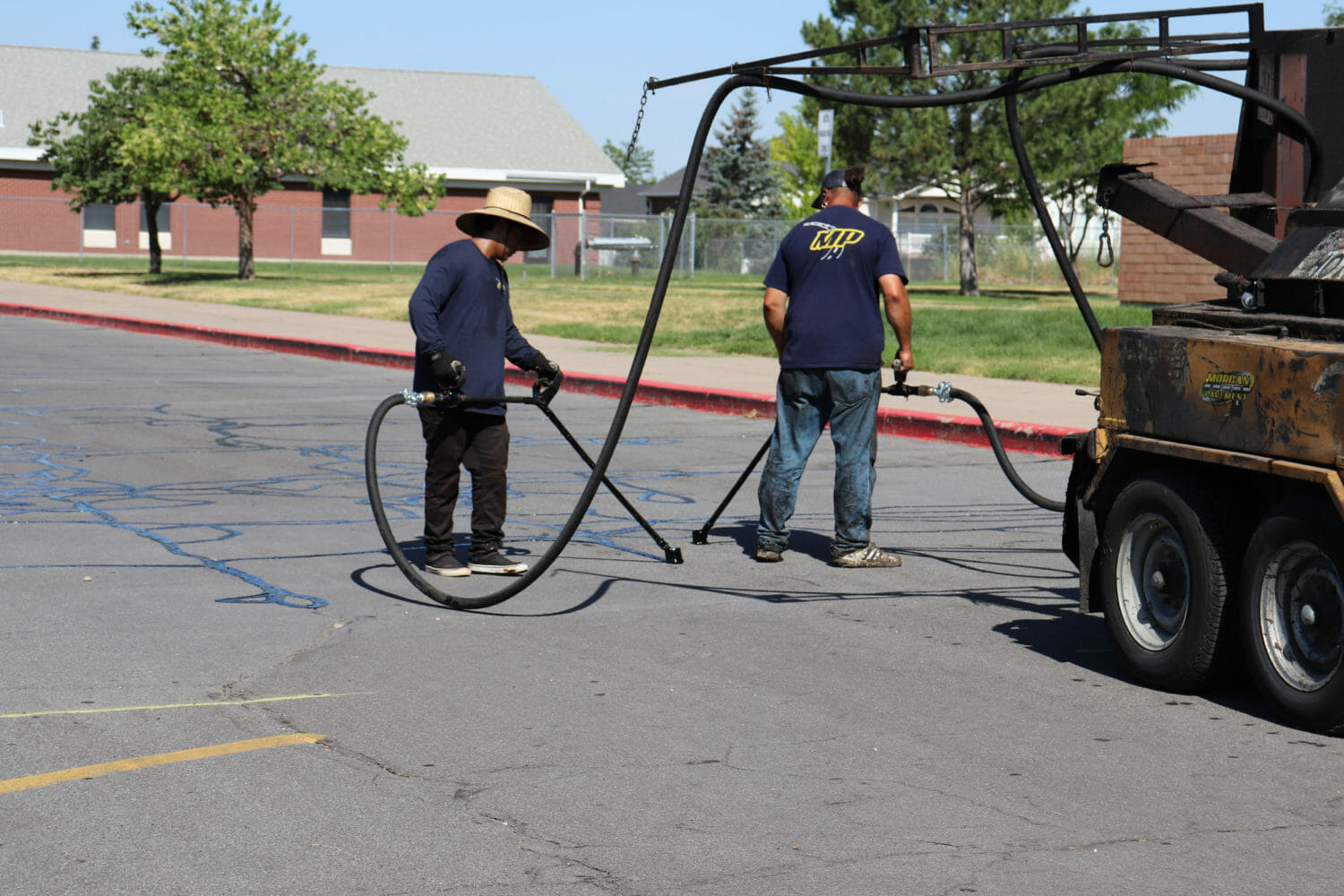Over time, environmental conditions and traffic will degrade any kind of pavement. However, cracks in pavement appear differently based on what causes them. Many of these issues with pavement can be avoided with proper construction.
Longitudinal Cracking
Construction issues cause cracks along the center line of pavement. These include weakness in the underlying substrate, asphalt shrinkage and poor paver operation.
Reflection Cracks
As the name suggests, these cracks form over old layers of concrete or damaged asphalt pavement. When new pavement is placed over old paving material, eventually the same damage moves from the bottom up. Reflection cracks also appear over pavement joints.
Slippage Cracks
Using the wrong paving materials causes vehicles to damage pavement at an accelerated rate. These sickle-shaped cracks result from force applied to weak mix or poorly bonded layers.
Edge Cracks
While pavement edges deal with less load stress, they also come in contact with the surrounding soil. Because of this, any paving job needs support around the edges in addition to proper drainage and other protective measures.
In reality, any stretch of damaged pavement likely has multiple causes. Load, forces exerted by traffic, temperature and moisture changes all take their toll over time. Encroaching roots and salt applications speed up pavement degradation, too. In time, repairs are inevitable, and repaving or reconstruction may become necessary. However, proper design, earthworks, materials, mixing and construction all protect the quality of asphalt surfaces. For quality asphalt paving in Utah and Arizona, contact Morgan Pavement.


